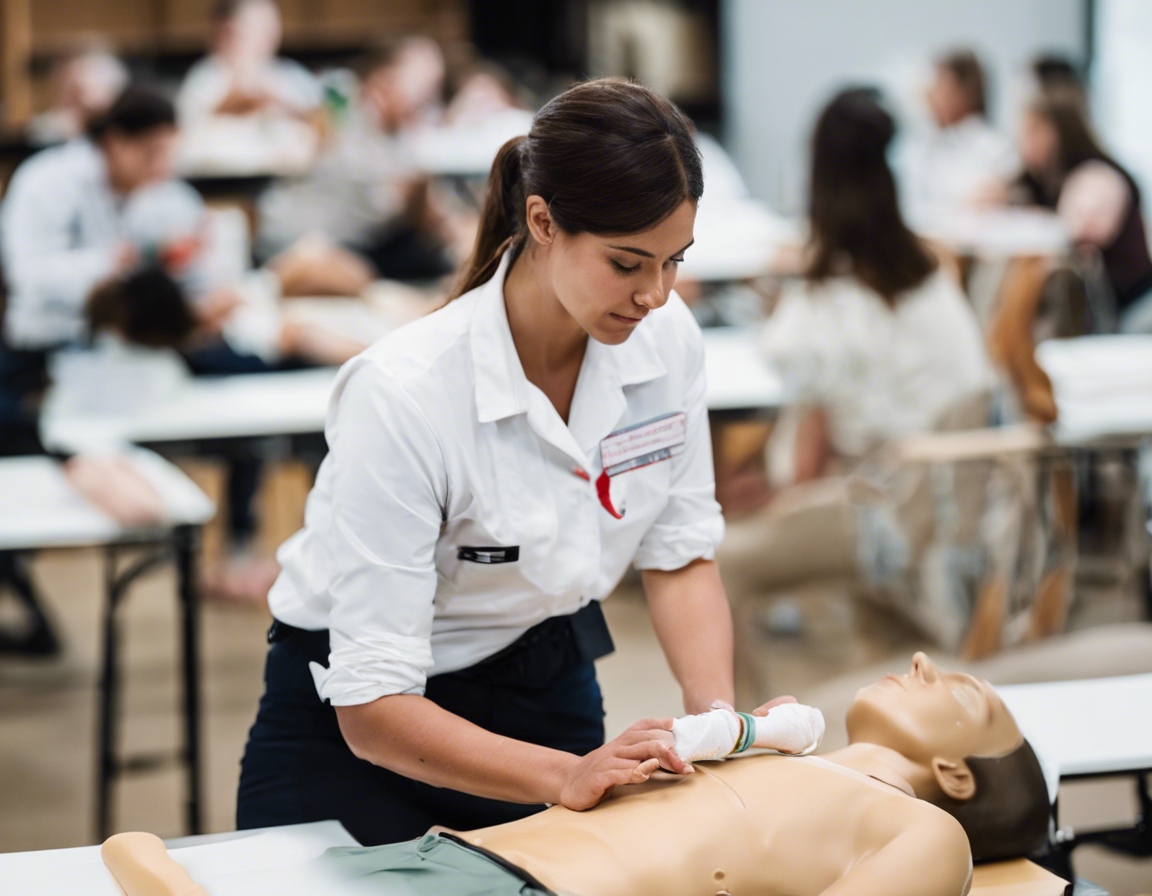The importance of regular first aid training updates
First aid is the immediate care given to a person who has been injured or is suddenly taken ill. It includes self-help and home care if medical assistance is not available or delayed. It is the critical initial response to an emergency situation that can make the difference between life and death, or full recovery and long-term disability.
First aid training provides individuals with the knowledge and skills needed to respond effectively to common injuries and emergencies. It empowers people to manage situations with confidence and can help to save lives before professional medical help arrives.
The Need for Regular Updates in First Aid Training
Medical research and practices are continually evolving. As a result, first aid procedures and guidelines are regularly updated to reflect the latest evidence-based practices. Staying current with these changes is crucial for providing the best possible care.
Skills and knowledge fade over time, especially if they are not used regularly. Regular training updates help to refresh important skills and ensure that first aiders can act swiftly and effectively in an emergency.
Regular practice through updated training helps to reinforce muscle memory and decision-making processes, which are vital in high-pressure emergency situations.
Benefits of Updated First Aid Training
Updated training ensures that first aiders remain confident in their abilities to manage emergencies, which can significantly affect the outcome for the victim.
With the latest knowledge and practices, first aiders can provide the most effective care, improving the chances of a positive outcome for the patient.
Regular first aid training updates can help organizations comply with workplace health and safety regulations, which often require staff to be trained and current in first aid.
How Often Should First Aid Training Be Updated?
Most organizations and first aid authorities recommend that first aid qualifications be renewed every two to three years. However, annual refresher courses are also highly beneficial.
The frequency of updates may be influenced by the first aider's exposure to emergencies, changes in the workplace or regulatory requirements, and advancements in first aid practices.
Choosing the Right First Aid Training Program
It is important to choose a first aid training program that is accredited and recognized by reputable health and safety organizations.
Training should be comprehensive, covering a wide range of scenarios, and include practical, hands-on components to ensure skill proficiency.
Programs should be accessible and convenient for participants, with options for different learning styles and schedules.






Comments (0)